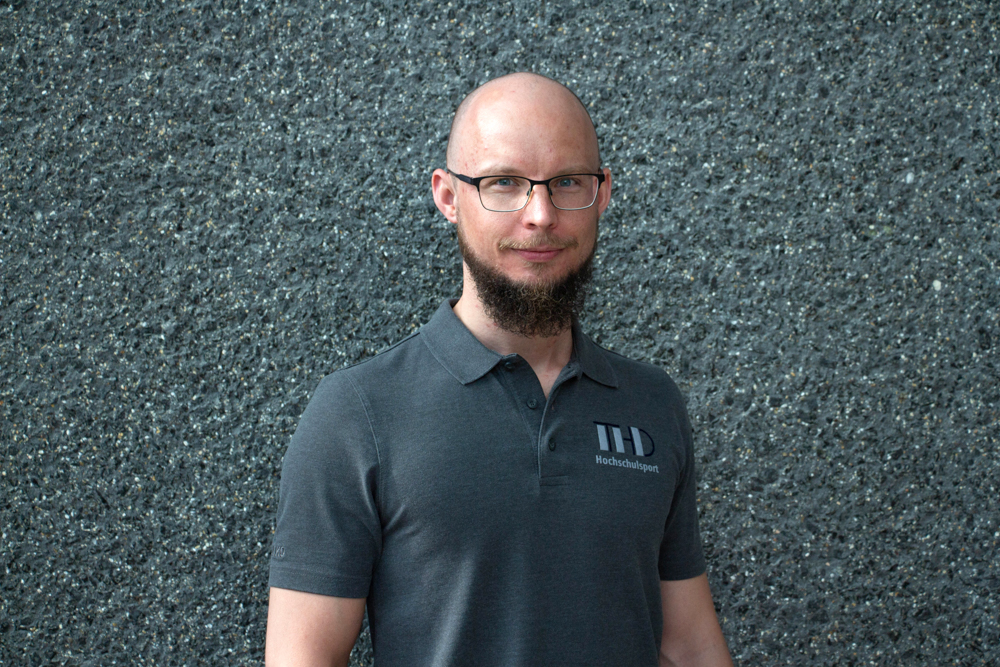
Prof. Dr. phil. Richard Latzel
- Lehrgebiet: Angewandte Sportwissenschaften - Schwerpunkt Trainingswissenschaften
- Belastungsmonitoring und -steuerung
- (Nachwuchs-)Leistungssport
- Leistungsdiagnostik
- Trainingssteuerung
- Energetik sportlicher Belastungen
Mitgliedschaften in Fachgesellschaften/ Verbänden
- Deutsche Basketballärzte e.V.
- National Strength and Conditioning Association (NSCA)
Professor
Studiengangsleiter Master Angewandte Sportwissenschaften mit Schwerpunkt Interprofessionelle Betreuung im Sport
Sportwissenschaftler, Athletiktrainer, Certified Strength and Conditioning Specialist (NSCA-CSCS)
Sprechzeiten
Nach Vereinbarung (E-Mail)